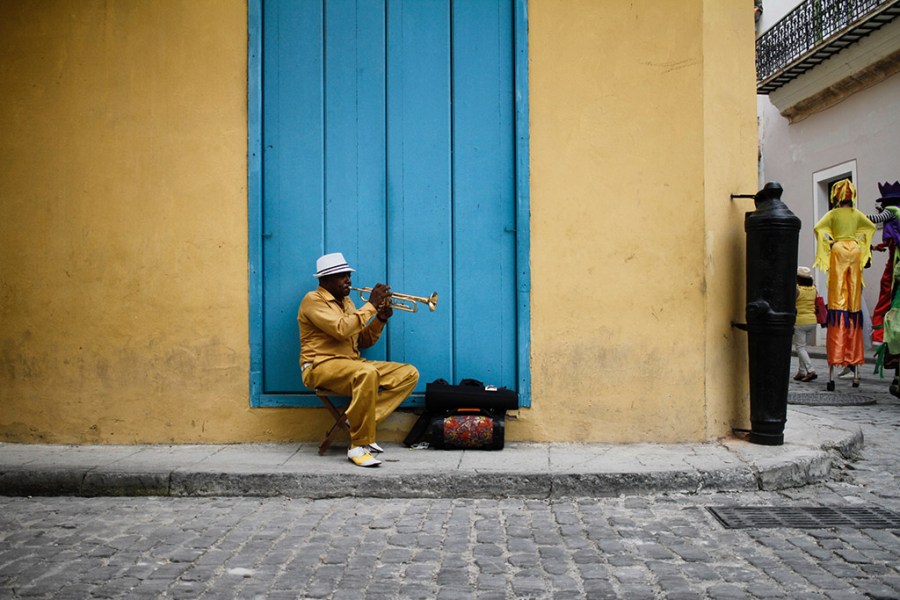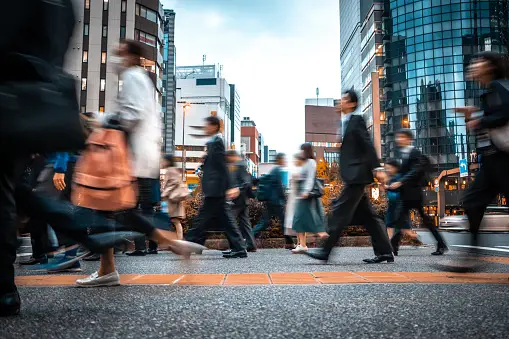6 Easy Facts About Street Photographers Shown
6 Easy Facts About Street Photographers Shown
Blog Article
3 Easy Facts About Street Photographers Explained
Table of ContentsThe 20-Second Trick For Street PhotographersRumored Buzz on Street PhotographersOur Street Photographers StatementsLittle Known Facts About Street Photographers.What Does Street Photographers Do?
, a genre of photography that documents daily life in a public place. The very publicness of the setting allows the digital photographer to take honest images of complete strangers, commonly without their knowledge. Street professional photographers do not necessarily have a social objective in mind, yet they choose to separate and record moments which could or else go unnoticed.Though he was affected by most of those who influenced the street digital photographers of the 1950s and '60s, he was not mainly curious about capturing the spirit of the road. The impulse to aesthetically record people in public began with 19th-century painters such as Edgar Degas, douard Manet, and Henri de Toulouse-Lautrec, who worked side by side with photographers trying to capture the essence of urban life.

Given the fine quality of his pictures and the breadth of material, engineers and musicians commonly acquired Atget's prints to utilize as referral for their own work, though industrial rate of interests were hardly his main inspiration. Rather, he was driven to photo every last remnant of the Paris he enjoyed.
How Street Photographers can Save You Time, Stress, and Money.
They expose the city through his eyes. His work and essential understanding of photography as an art kind functioned as ideas to generations of professional photographers that followed. The next generation of road photographers, though they likely did not describe themselves as such, was introduced by the photojournalism of Hungarian-born photographer Andr Kertsz.
Unlike his peers, Brassa used a larger-format Voigtlnder electronic camera with a much longer exposure time, requiring him to be a lot more calculated and thoughtful in his technique than he might have been if utilizing a Leica.
Cartier-Bresson was a champion of the Leica camera and among the first digital photographers to maximize its capabilities. The Leica permitted the photographer to engage with the surroundings and to record moments as they took place - Street Photographers. Its fairly little size also aided the photographer fade into the background, which was Cartier-Bresson's recommended strategy
The 6-Minute Rule for Street Photographers
It is due to this basic understanding of the art of picture taking that he is often credited with discovering the medium all over once again roughly a century given that its creation. He took photos for greater than a half century and affected generations of professional photographers to trust their eye and intuition in the moment.
These are the questions I shall try to answer: And afterwards I'll leave you with my very own interpretation of street photography. Yes, we do. Let's begin with specifying what an interpretation is: According to it is: "The act of specifying, or of making something definite, unique, or clear".
No, definitely not. The term is both restricting and misinforming. Seems like a road photography need to be images of a roads right?! And all street digital photographers, with the exception of a handful of absolute newbies, will fully appreciate that a road is not the vital element to road photography, and in fact if it's an image of a road More Help with possibly a couple of uninteresting people not doing anything of rate of interest, that's not street photography that's a snapshot of a road.
He makes a legitimate factor don't you believe? Nevertheless, while I concur with him I'm uncertain "honest public digital photography" will certainly capture on (although I do sort of like the term "honest photography") because "street digital photography" has been around for a lengthy time, with many masters' names affixed to it, so I think the term is here to stay.
Get This Report about Street Photographers
Inside?! I hear you scream as you shake your fist page to the skies. Why not? You can shoot at the beach, at an event, in a street, in a park, in a piazza, in a cafe, at a gallery or art gallery, in a city terminal, at an occasion, on a bridge, under a bridge ...

An Unbiased View of Street Photographers

Report this page